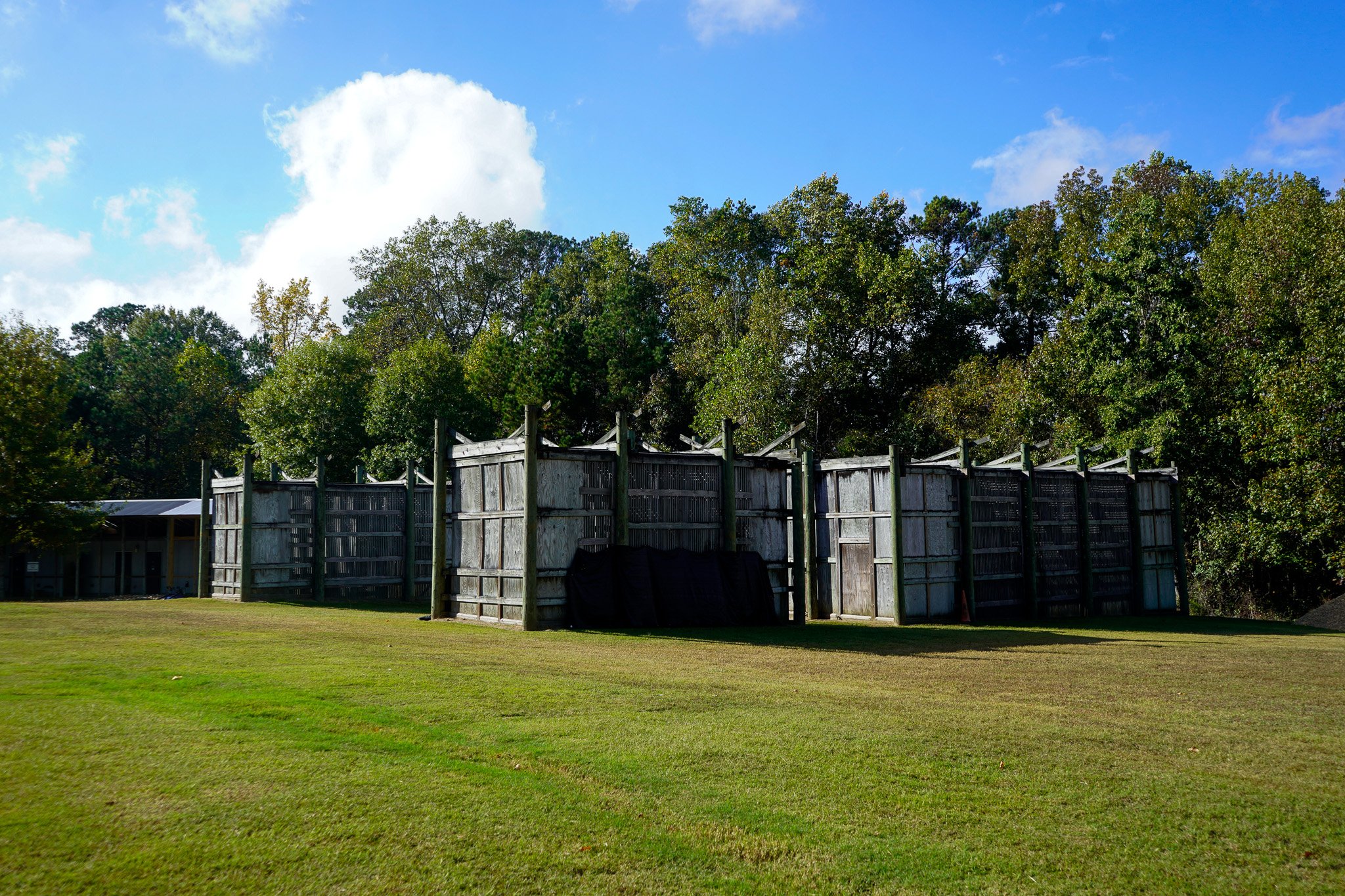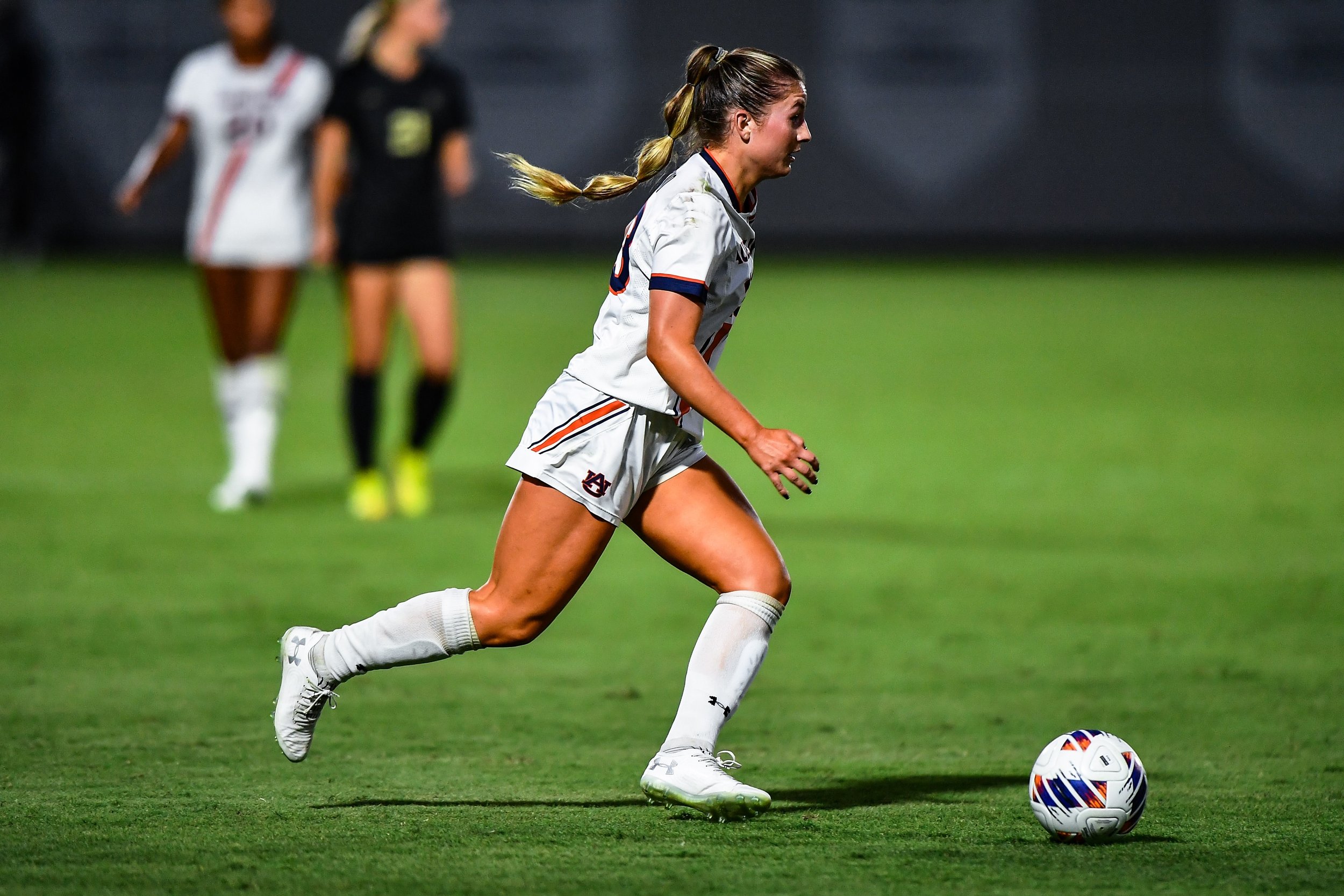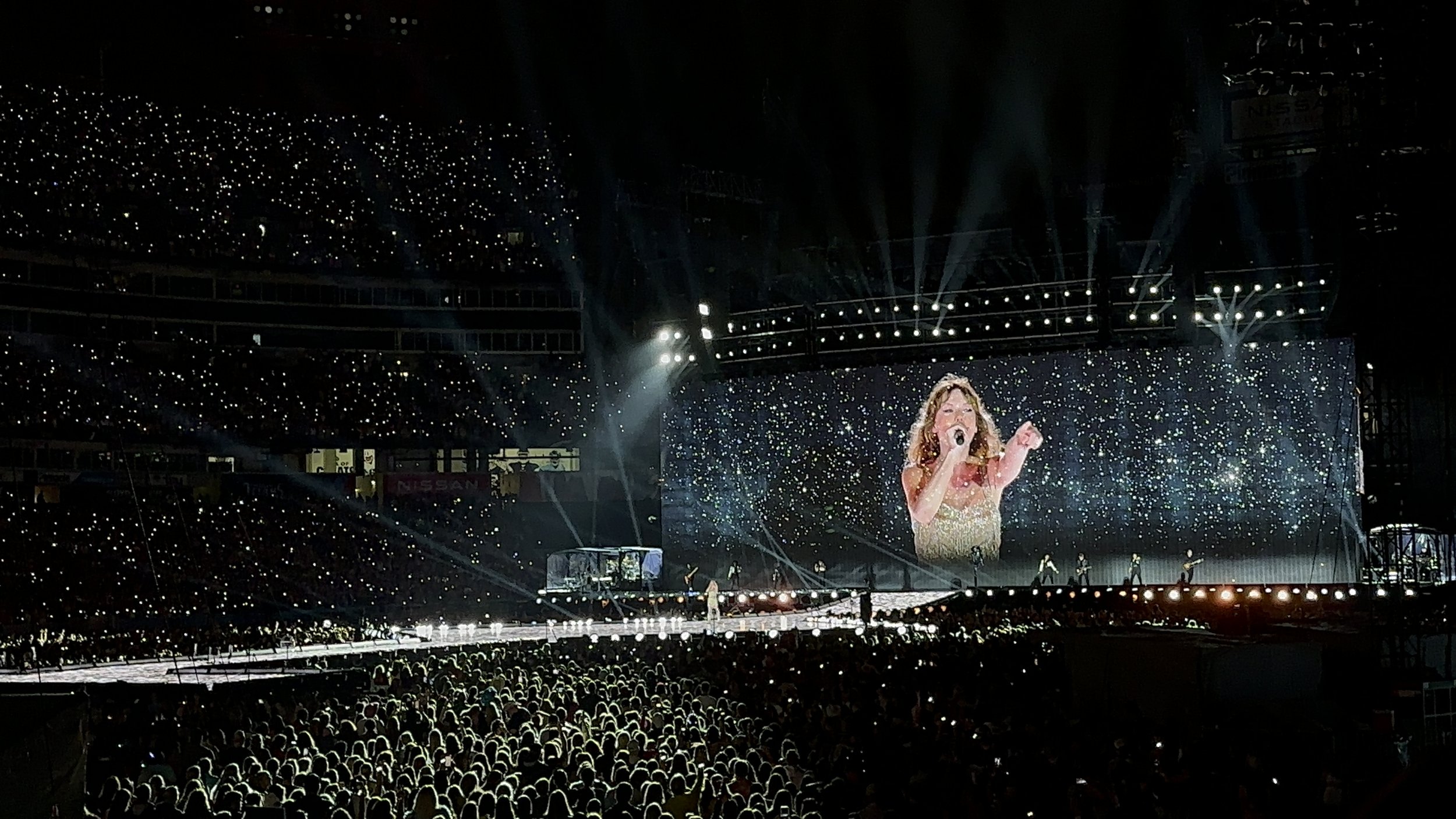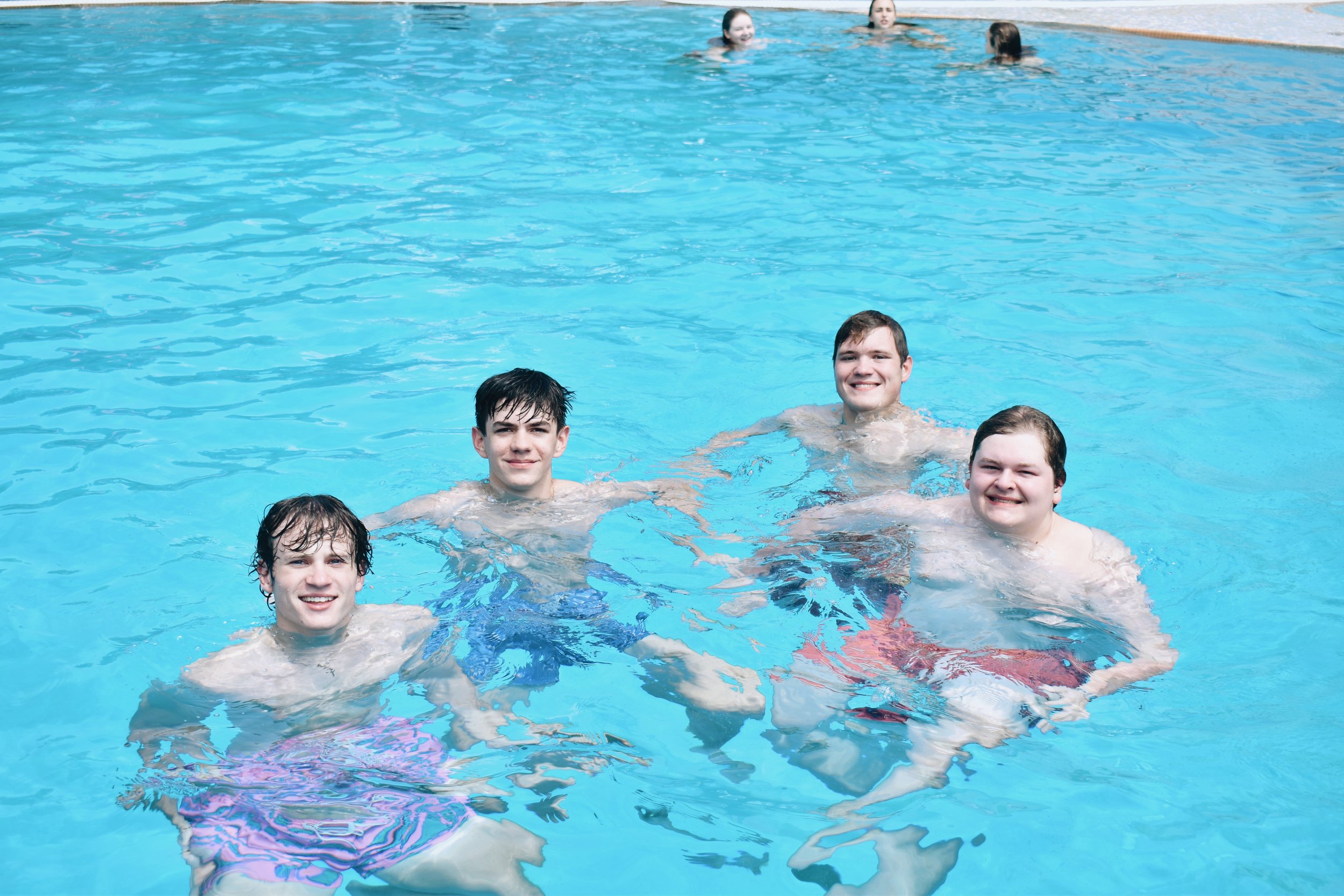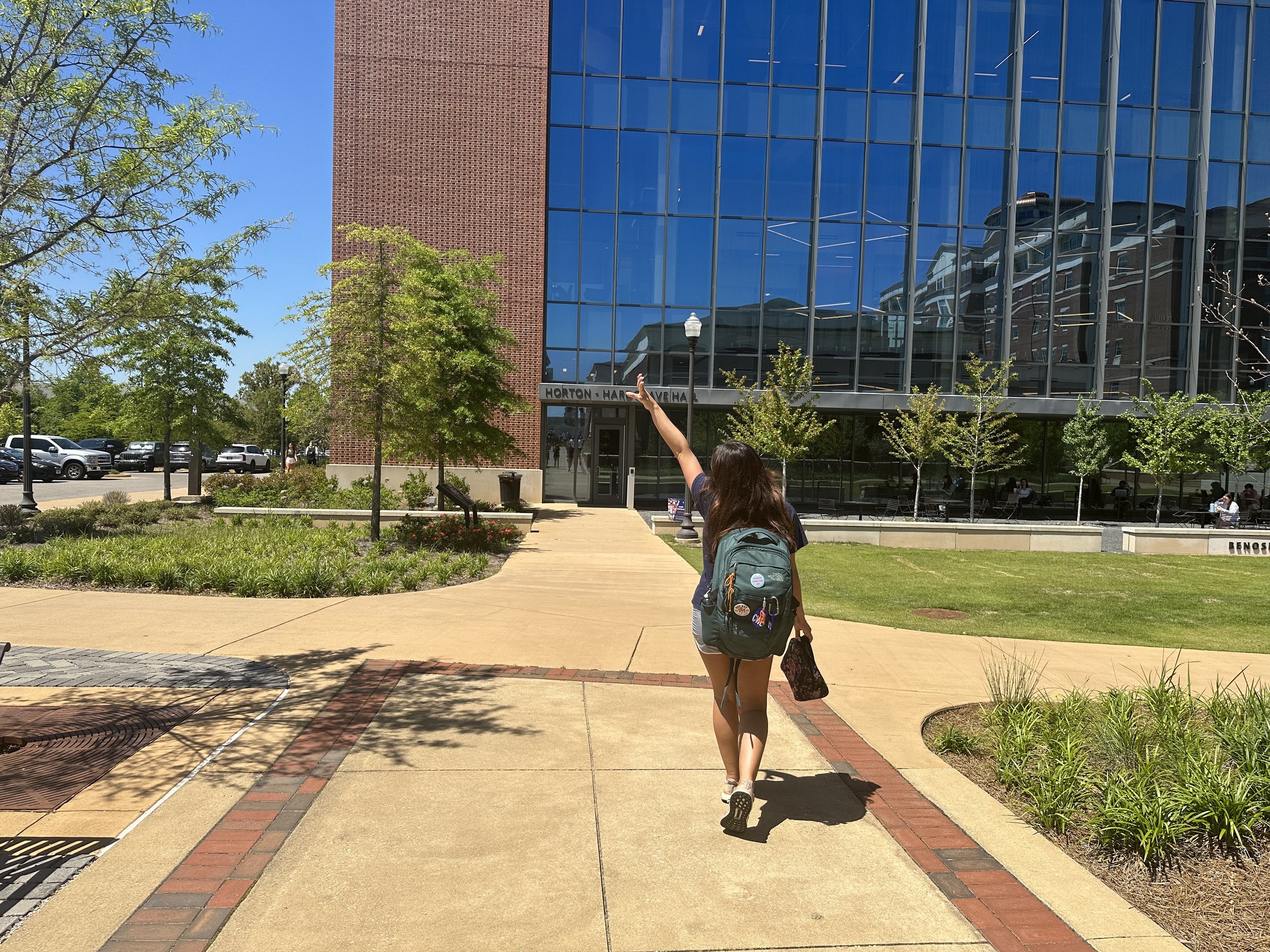National Save the Eagles Day
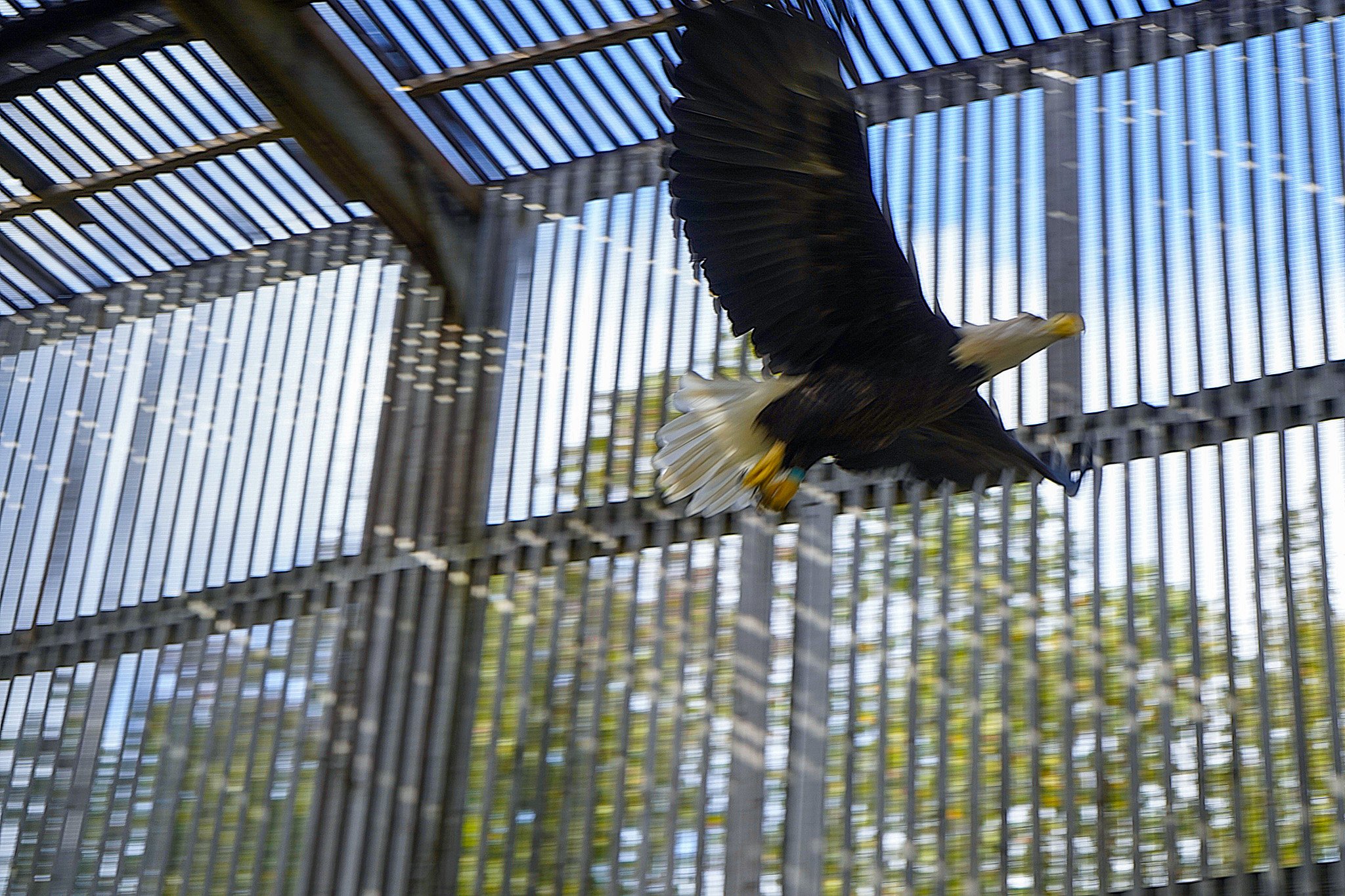
Admitting 6,123 raptors in total and around 200 injured and orphaned raptors in 2024, the Auburn University Raptor Center does much more than train the eagle to fly around Jordan-Hare Stadium.
Friday, January 10th is National Save the Eagles Day. You may be saying to yourself, “Cool, but how does that affect me?” I had the same question, so I met with the Assistant Director of Raptor Rehabilitation, Stephanie Kadletz, to learn more. But before our question is answered, I believe it is important to know what truly goes on behind the scenes at Auburn’s Raptor Center.
There are 3 steps to saving raptors:
Admittance
Rehabilitation
Release
Admittance
The first step is admittance. As stated before, the Raptor Center has admitted roughly 200 raptors in 2024. And the process for every admittance is the same. After getting a call from a “Good Samaritan,” they are instructed on how to contain and transport the injured or orphaned raptor to the raptor center. Before taking the injured bird to the hospital located at the raptor center, the transporter fills out an information sheet. This is important as it provides the location where the bird was found and where it could be released as well as the location of any dangers that could affect birds in the future. Back at the center, veterinarians conduct a head-to-toe examination of the raptor, lab work, and potential scans or x-rays. The bird is then given an ID number based on how many birds have been admitted so far that year.
There is no set schedule for when or how many birds are admitted, however, in the spring, there is an increase in orphaned and injured young birds and wounded birds due to territorial fighting, harsh weather, and migration. However, none of these are the leading causes of raptor rescue. At the top, in no particular order, is being hit by cars, injured by barbed wire fences, and lead poisoning from lead ammunition, and fishing lures.
Fun Fact: The most common bird admitted is the Barred Owl solely due to its high population in marshy Alabama.
Rehabilitation
The second step is rehabilitation. After being medically cleared by the Raptor Center clinicians, the raptors are placed in aviaries to strengthen their flight abilities, which differ in size according to the raptor species. During this time the birds are evaluated for maneuverability, endurance, landing, and overall flight skill. The raptors must be 100% perfect before they can be released. The whole process of rehabilitation could take anywhere from a few weeks to 6 months. It truly depends on the bird and the injury.
Fun Fact: The hardest bird to rehabilitate is the Peregrine Falcon (my favorite raptor), due to their unique hunting style, diving at speeds of over 200 mph to catch their prey in mid-air. Unfortunately, there were not any at the center, so enjoy a photo of a Red-Shouldered Hawk.
Release
The third and final step is release. The team travels back to where they found the bird or close by because they obviously wouldn’t release it on the side of a major roadway, for example. They take the hood and bandages used to keep the bird safe during transportation off and watch the bird fly away. Sometimes they perch on a branch, look back, and continue their flight. Other times they fly without looking back. But every time, it is a celebration of saving one raptor at a time. The rescuers are overjoyed to be present to see the release of the raptor they helped save, partaking in the celebration.
Fun Fact: I ran out of Fun Facts, so here is a picture of an American Kestrel.
Now that you know what happens after you save an eagle, we can fully understand what you can do to save an eagle and be a “Good Samaritan.” The first step when seeing an injured raptor in the wild is to call the Auburn University Raptor Center if you are close to Auburn’s college campus or in the state of Alabama, or a wildlife rehabilitation facility near you. The center will help you make sure the raptor truly needs rescue, because, for instance, fledgling raptors may not need to be rescued.
The next question we should ask is what is something simple someone can do daily to save raptors of any kind? I ask this because I don’t know about you, but I have never seen a bird injured in the wild. The answer to the question, according to the staff at the Raptor Center, is simply being conscience of the little things you do. Throwing apple cores out car windows attracts rodents, which attract raptors to roadways, where they could be hit by a car. Using rodent poisoning kills the rodents, which is an easy, but sickening meal for a raptor. When fishing, if the line gets stuck, don’t just cut the line as this is an easy way for raptors and other wildlife to become entangled in the fishing line. Raptors, especially Bald Eagles and Vultures, are susceptible to lead poisoning due to fragments of lead ammunition left in carcasses in the woods, which is an easy food source. So, just be conscience of anything that could harm the ecosystem, because the raptors are at the top of the food chain, allowing anything and everything to hurt them.
If you want to learn more about raptors and how you can save them, schedule a time to attend a show such as Football, Fans, and Feathers every Friday before a home football game, schedule a program or tour of the Auburn University Raptor Center, or simply visit the link below. I truly suggest it to everyone, young and old. https://calendar.auburn.edu/department/southeastern_raptor_center/calendar
Lastly, before I conclude, I just want to extend a huge thank you to the Raptor Center and to Mrs. Stephanie Kadletz for being exceedingly kind and helpful.
Happy Save the Eagles Day!
Be Well, Auburn
Nathan was born and raised in Pearland, Texas after his parents evacuated New Orleans due to Hurricane Katrina. Except for a few distant cousins, Nathan and his twin brother are the first in their family to attend Auburn, with the entirety of his family being LSU alum. Nathan immediately fell in love with Auburn and began searching for ways to get involved on campus.
Nathan is a freshman majoring in Architecture and plans to minor in Marketing. When he isn’t in the Architecture studio constructing masterpieces till 2 A.M., you can find him running on campus, exploring nature, watching movies in his dorm room, or playing piano, guitar, or marimba.
In the years following graduation, Nathan plans to become a licensed architect and work at a firm in Texas or the Southeast. He hopes to improve low-income housing and create a more walkable city environment.





